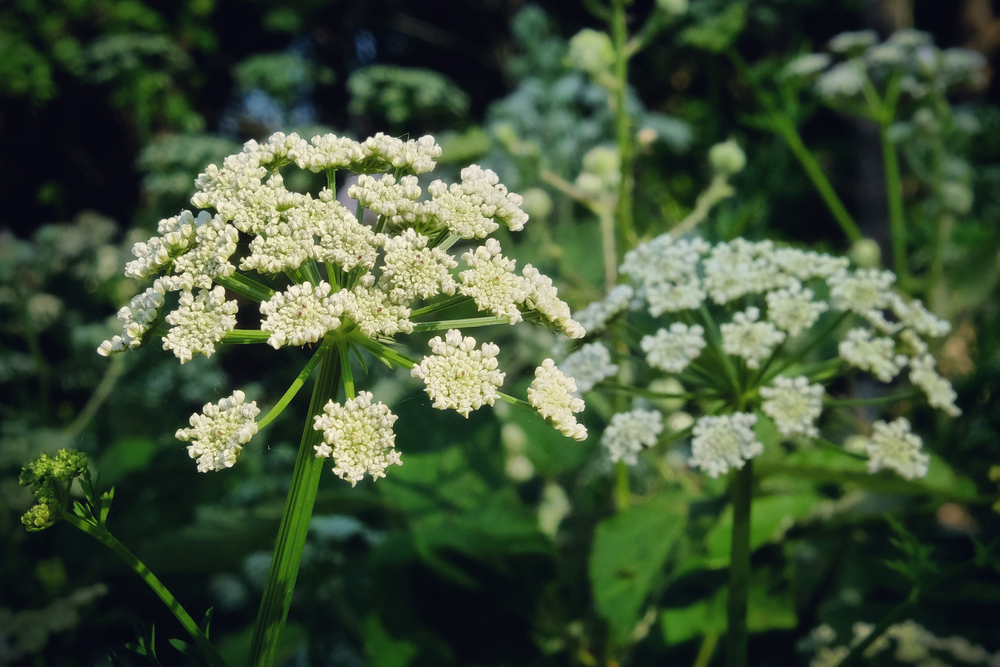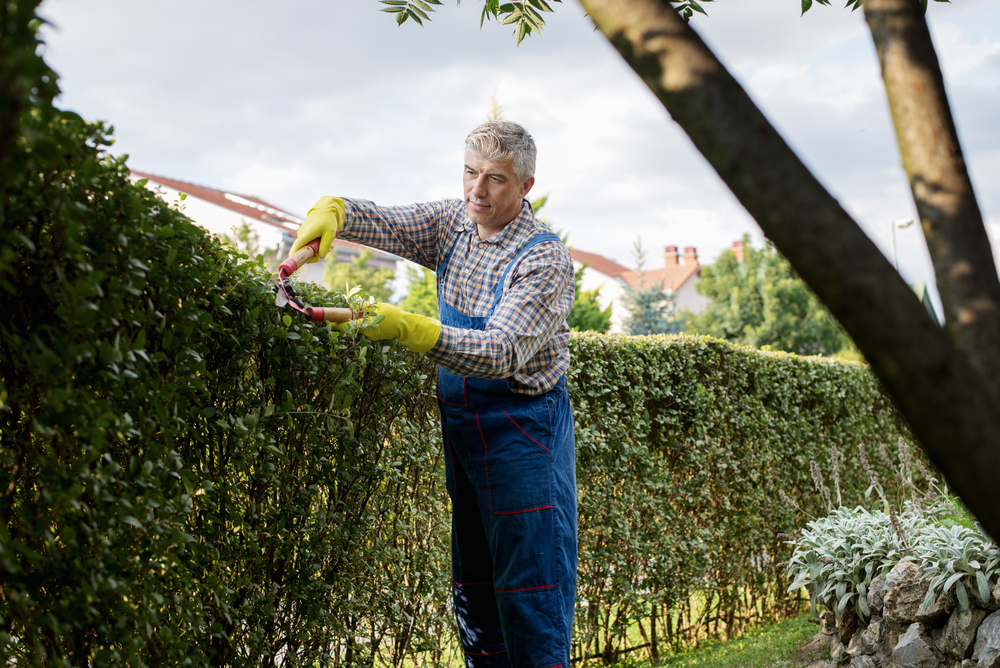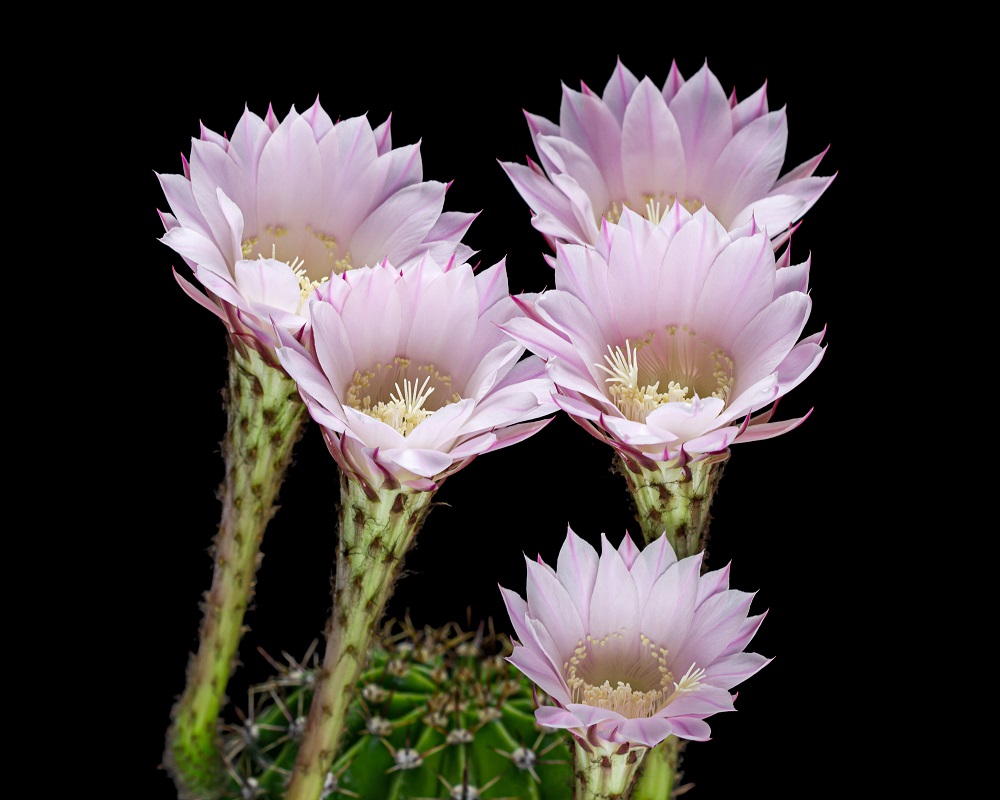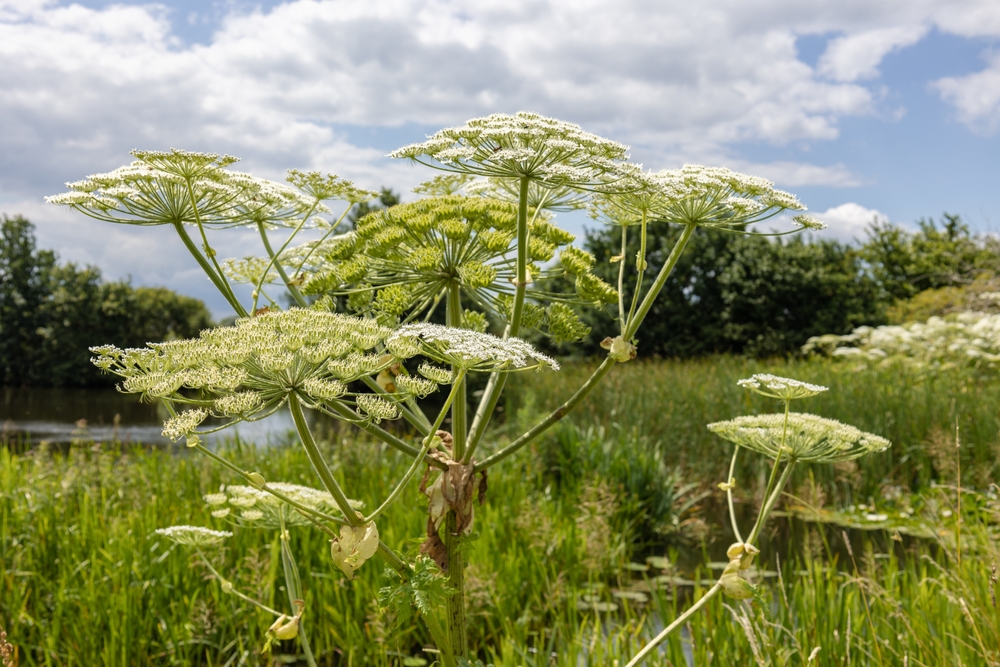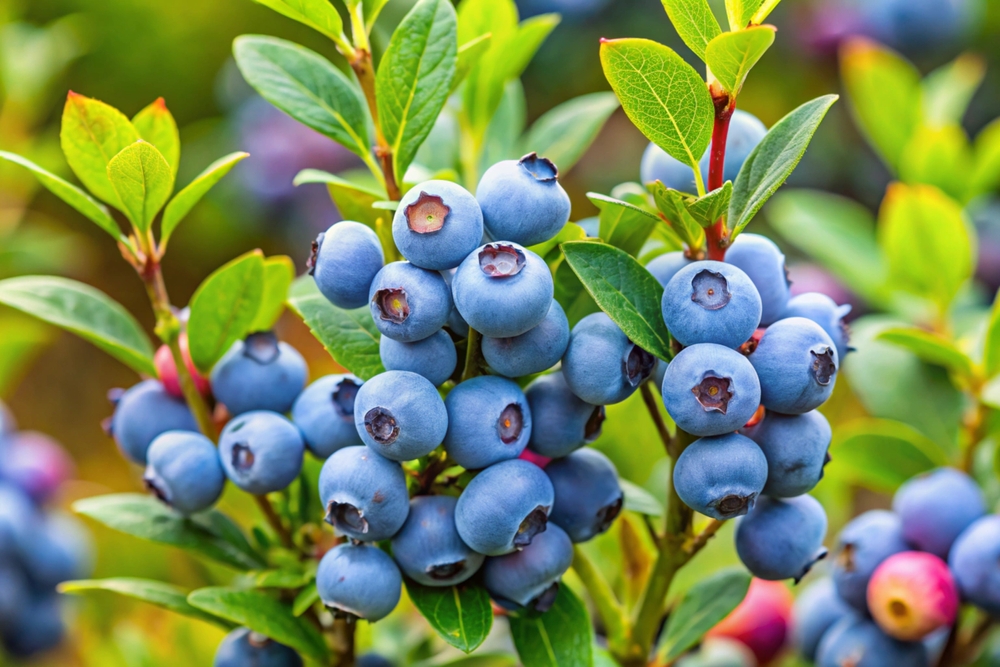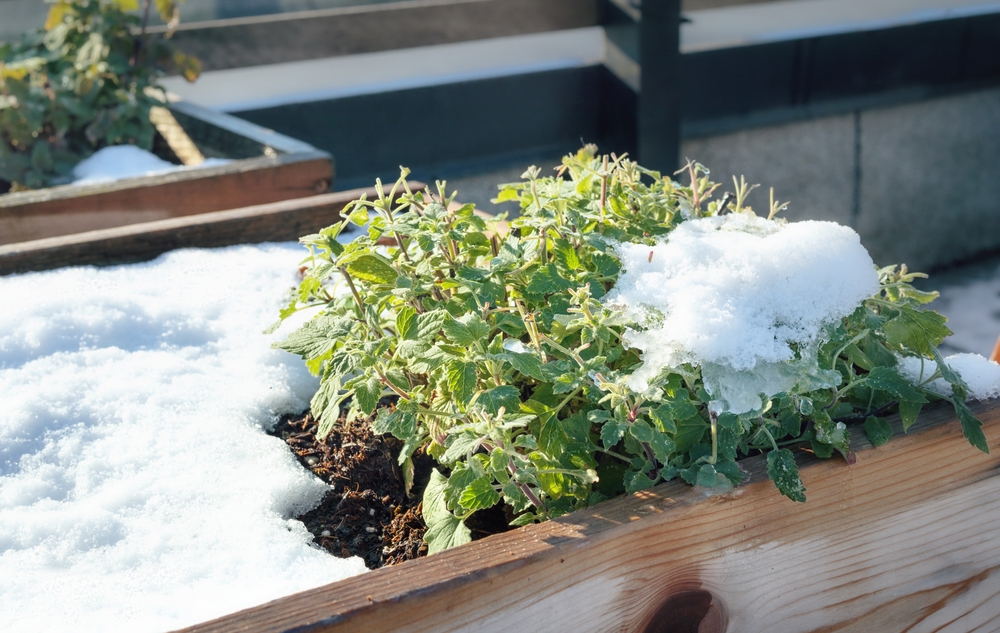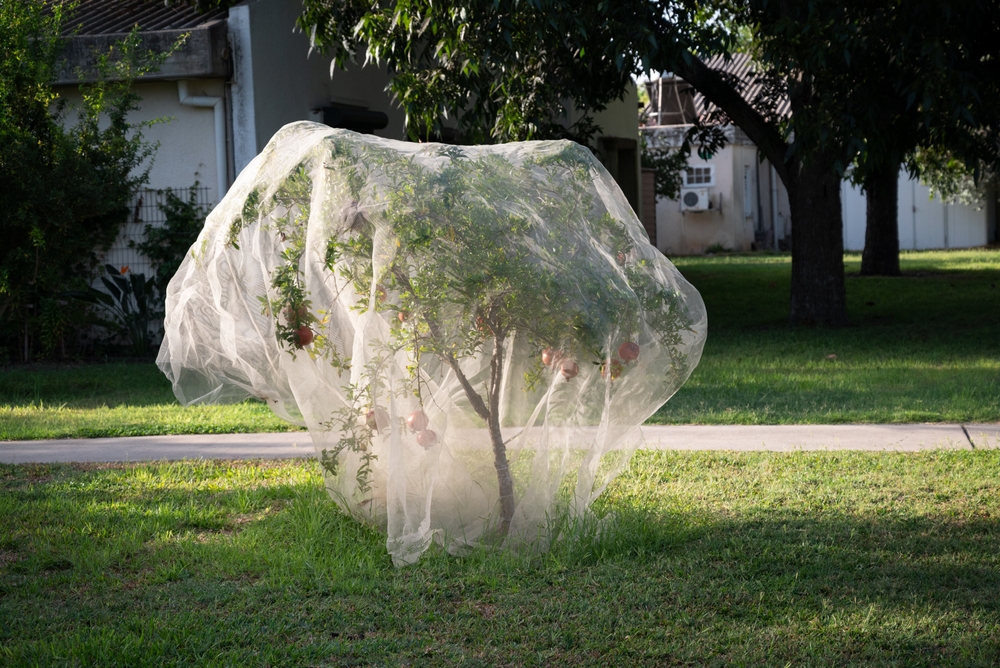These are the most common plant diseases you should definitely know about!
When you work hard and finally give life to the garden of your dreams, one of the worst things that can happen is for it to get plagued by diseases. If you find your beloved plants looking sickly and sad, don’t worry because the most common plant diseases can be prevented and treated.
Get ready to learn how to spot various signs and identify specific diseases. Before you fight, you need to know your opponent. Discolored leaves or stunted growth? This article will tell you all you need to know, and you’ll be more empowered than ever when you help your plants thrive.
But don’t worry, because we’ll also give you some advice about how to cure the pants, so this is not just about the diagnosis. Grab your gardening gloves and get ready to banish these common plant diseases.
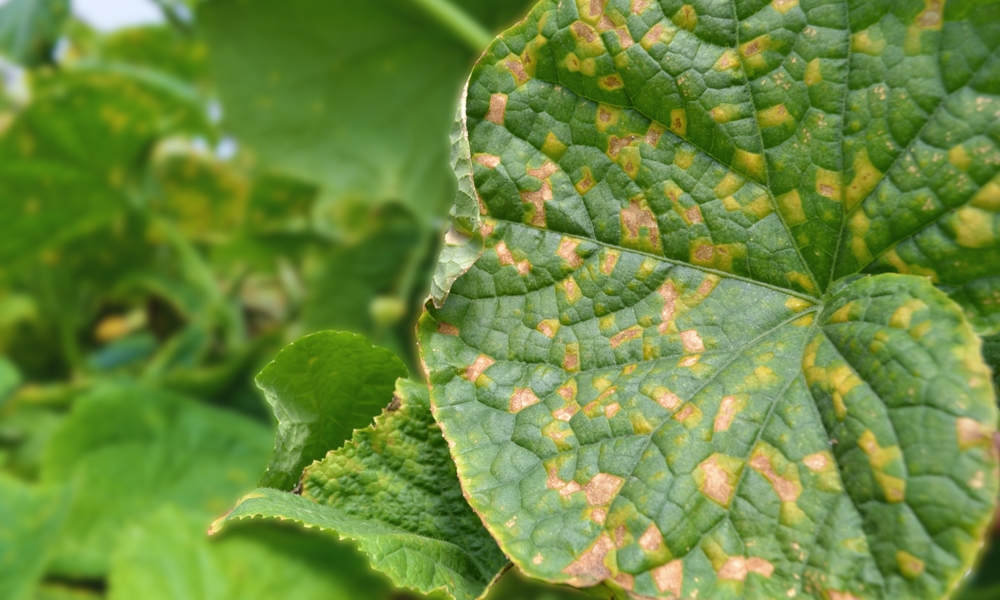
1. Downy mildew
Many common plant diseases are caused by the apparition of fungi, and downy mildew is one of them. This fungal disease adores hot, humid weather and is known to target basil, watermelon, and grapes.
Once the plants get infected, their leaves turn yellow and wither. Most of the time, you can find this fungus on the underside of leaves, and you can identify it by the gray spores. Sometimes it also affects the top of the leaf and creates yellow mosaic patterns.
If you let it grow and don’t take any measures, downy mildew will destroy the leaves, and in the end, your harvest will be significantly reduced.
Hopefully, you can fight back! Start by completely removing the infected plants. Then trim off the affected areas. You also want to improve the air circulation, and for this, it’s recommended to prune the lower leaves. Keep the plants dry, and use drip irrigation when you want to water them.
Your tools should always be sanitized after you use them on plants infected with downy mildew. This prevents spreading the fungus to other healthy plants.
2. Rust plant disease
Another one of the common plant diseases is none other than rust disease. This is a fungus that loves a mild and wet climate. Compared to downy mildew, rust feels best in colder places, and the worst thing about it is that it spreads at an uncontrollable speed. Its spores travel, carried by the wind or through water droplets.
Rust plant disease will reduce flower production and greatly weaken plants that were once healthy and thriving. But how can you identify it? First of all, take a look at the top of the leaves and check for yellow or white spots. Then turn the leaf and see if there are any orange or red blisters. Most of the time, these blisters are full of spores, which spread the disease further.
Once you spot these signs, it is clear that your plants are infected with rust plant disease, and you should act quickly. This is one of the common plant diseases that can be treated. You start by removing and destroying any infected plants.
Then clean the dirt around the rest of the plants to make sure there are no spores left. Also, when you are watering the plants, avoid splashing them because this can cause droplets filled with spores to further spread the disease.
3. Mosaic viruses
These viruses are some of the most common plant diseases, and the worst part is that they are incredibly sneaky. Generally, they affect tomatoes, cucumbers, and squash. If you notice some blister-like yellow and white formations on the leaves and you don’t understand why your plants are growing so slowly, you can say goodbye to the salad you were planning to make.
Mosaic viruses stun the growth of plants by stealing their strengths and, in the end, by reducing their ability to produce fruits. When leaves become deformed, the plant is no longer able to perform photosynthesis healthily, and in the end, it just stops growing.
Unfortunately, once a plant gets infected, there is no magic cure for it. What you have to do is eliminate the plant as soon as possible to prevent it from infecting other plants in your garden. The most efficient way is to separate the infected plant and then burn it. If this is not possible, grab a plastic bag, put the plant inside, and securely tighten it.
Never forget to disinfect your gardening tools with a diluted chlorine solution. This will eliminate the viruses, and you will be sure you are not spreading the disease around.
4. White mold
Imagine that one day you go into the garden you worked so hard for and you see a blanket of fluffy white mold covering all your plants. This is very much possible, and it’s a reality for gardeners who have to fight with white mold.
This is one of the most common plant diseases, and it usually develops in the spring and summer. It enjoys hot temperatures and humid conditions with poor ventilation. Lettuce, beans, and peas are more susceptible to this type of fungus than other plants, and it is pretty hard to catch the disease before it gets worse. It doesn’t announce its presence, and this makes it more difficult for you to save plants.
Again, once you find infected plants, simply remove them. The wind spreads the spores, and this means the fungus can easily infer other healthy plants. Consider covering the infected area with a layer of mulch or plastic, as this will keep the spores at bay by preventing them from escaping into the air.
Remove the contaminated soil and replace it with fresh, clean soil. This will break the cycle of the disease and prevent future outbreaks.
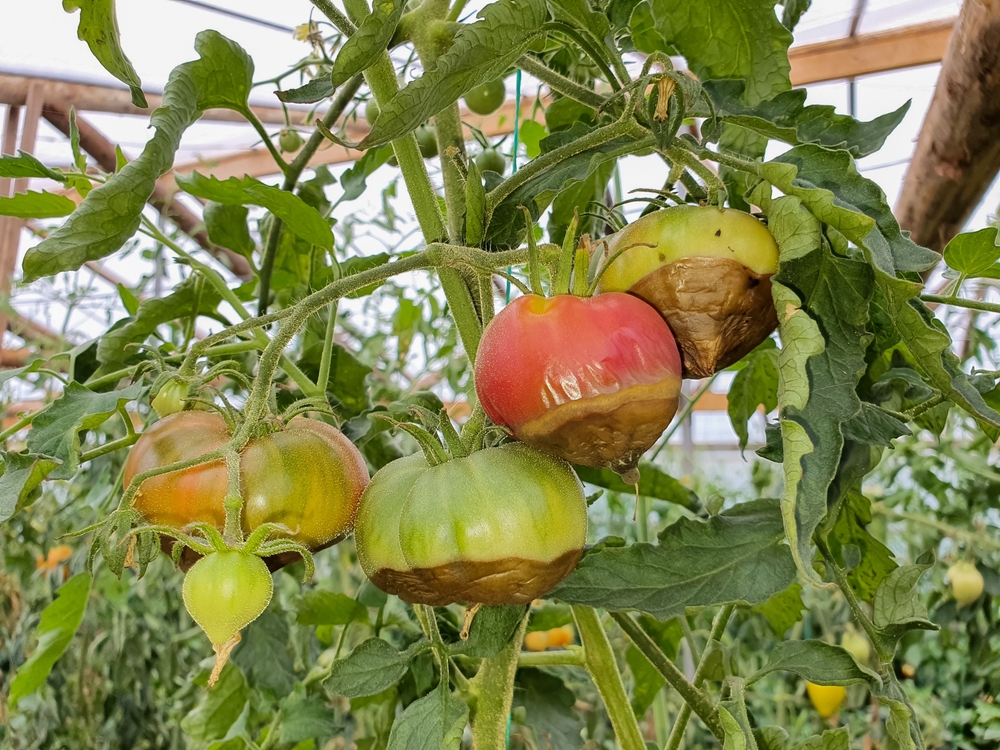
5. Blossom-end rot
Let’s say you pick a juicy tomato from your garden, bite it, and find a dark blemish at the blossom end. This doesn’t mean you don’t take good care of your plants, but that they are affected by one of the most common plant diseases, blossom-end rot.
This time, we are not talking about another fungus or a virus. The cause of this disease is a calcium deficiency in plants. When this happens, the plant is no longer able to build strong cell walls; the parts furthest from the roots are the first ones to suffer; in this case, the blossom ends.
But what triggers this calcium deficiency? There are a couple of culprits, and the main one is inconsistent watering. Be it underwatering or overwatering, it doesn’t matter. Also, we need to mention improvements in the soil’s pH and high sodium levels.
Using too much fertilizer that is high in nitrogen can interfere with the plant’s ability to absorb calcium. Hopefully, as this is one of the most common plant diseases, it is also preventable. You’ll need to regularly test the calcium levels of your soil and its pH levels. If you notice something’s wrong, you can immediately take action.
When it comes to watering, try deep watering. Prioritize the root zone and water it till it soaks. Never practice frequent shallow watering because it’s not an efficient method.
If you are ready to start your own garden, this gardening set might be perfect for you: Gardening Tools Set of 9 Heavy Duty Garden Tools with Non-Slip Rubber Grip
You should also read: NEVER Keep These 9 Plants in the Bathroom

